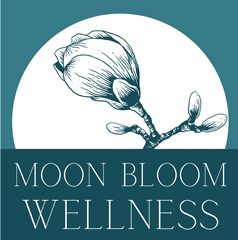As more individuals are opting for text-based therapy services through platforms such as Talkspace and Better Help, questions about ethical concerns and effectiveness of treatment have grown along with this relatively new method of providing therapy. Fortunately, research has been conducted and can answer some of these questions. In this post, I am going to explore the answer to this question: Is Asynchronous Text-Based Therapy a Viable Alternative to Face to Face Treatment?
As practitioners, we want to stay current with the shifting needs of our clients, and a growing demographic of individuals are opting for text-based therapies because they provide convenience, affordability, and accessibility. It’s important to note that clients with more severe mental health or addiction issues may need a higher level of care than can be provided by these online platforms.1 As mental health professionals, we need to be assessing for appropriateness of level of care from our first interactions with new clients, and on an ongoing basis.
However, for clients who have needs that can be met through asynchronous messaging and video services, evidence that psychotherapeutic services on the internet are an effective supplement to therapeutic care2 has been found through a study conducted at the University of Zurich. The study found that “three months after completing the treatment, the depression in patients treated online even decreased whereas those treated conventionally only displayed a minimal decline: no more depression could be detected in 57 percent of patients from online therapy compared to 42 percent with conventional therapy.”2
A study led by Megan Jones, PsyD, adjunct clinical assistant professor of psychiatry and behavioral sciences at Stanford University School of Medicine found that positive experiences on digital therapy platforms actually led some individuals to seek out face-to-face therapy.1 For those individuals who may not have sought in-person treatment without the digital therapy experience, it shows this is a promising way to make that connection. For others, digital therapy alone may be a sufficient way to address their mental health needs.
Studies released by Talkspace based on assessments of actual users demonstrated that users experienced “significantly greater well-being after 3.86 months of text therapy, than before they started. The effect size was found to be slightly larger in comparison to traditional therapy.”3
Questions from practitioners who are accustomed to the pace of traditional therapy, typically once a week face to face sessions, about almost daily contact through digital platforms fostering dependence rather than providing time and space to develop coping skills also arise. However, it has been found that the clients are able to use the frequent contact to intensively progress and participate in homework2 and can allow for processing in real time as symptoms arise.
Personally, I have found that my online clients are typically individuals who would not have otherwise sought therapy, whether it’s due to the cost or the ability to fit regular sessions in their schedule. Whatever the reason may be that someone is seeking online therapy, it’s a positive sign that psychotherapy is becoming more readily available to those individuals who are not currently in a position to attend face to face sessions.
1. http://www.apa.org/monitor/2017/02/online-therapy.aspx
2. https://www.sciencedaily.com/releases/2013/07/130730091255.htm
3. https://www.talkspace.com/online-therapy/wp-content/uploads/2015/06/Research-Summary.pdf

